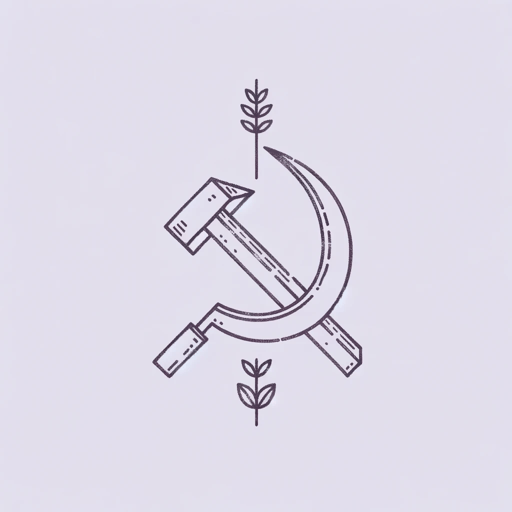31 pages • 1 hour read
Karl Marx, Friedrich EngelsThe Communist Manifesto
Nonfiction | Reference/Text Book | Adult | Published in 1848A modern alternative to SparkNotes and CliffsNotes, SuperSummary offers high-quality Study Guides with detailed chapter summaries and analysis of major themes, characters, and more.
Part 3Chapter Summaries & Analyses
Part 3 Summary: “Socialist and Communist Literature”
Part 3 centers on three schools of socialism familiar to Marx and Engels, identifying their problems or inconsistencies and outlining why Marxism is the preferable alternative. The first category is Reactionary Socialism and its three subsets: Feudal Socialism, Petty-Bourgeois Socialism, and German, or “True” Socialism. The second category is Conservative, or Bourgeois Socialism. The third and final category is Critical-Utopian Socialism and Communism.
The first category Marx addresses is Reactionary Socialism. This type of socialism has three subsets: Feudal Socialism, Petty-Bourgeois Socialism, and German, or “True” Socialism. Feudal Socialism is the oldest form of socialism. It was set forth by the feudal aristocracy which comprised of mostly French and English nobility. These upper-class individuals styled themselves as socialists not because they hated the new bourgeois class, but rather because they recognized the inevitable by-product of the bourgeois capitalist system: angry proletariats. The aristocrats recognized that a reactionary working class who was determined to change society represented a dire threat to the noble way of life. The Feudal Socialists’ insincere pretensions to siding with the working class were a futile attempt to project solidarity, according to Marx.
Related Titles
By these authors

Das Kapital
Karl Marx

Economic and Philosophic Manuscripts of 1844
Karl Marx

Socialism: Utopian and Scientific
Friedrich Engels

The Condition of the Working Class in England
Friedrich Engels

The Eighteenth Brumaire of Louis Bonaparte
Karl Marx

The German Ideology
Karl Marx, Friedrich Engels

